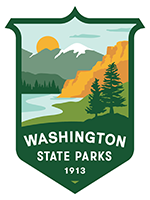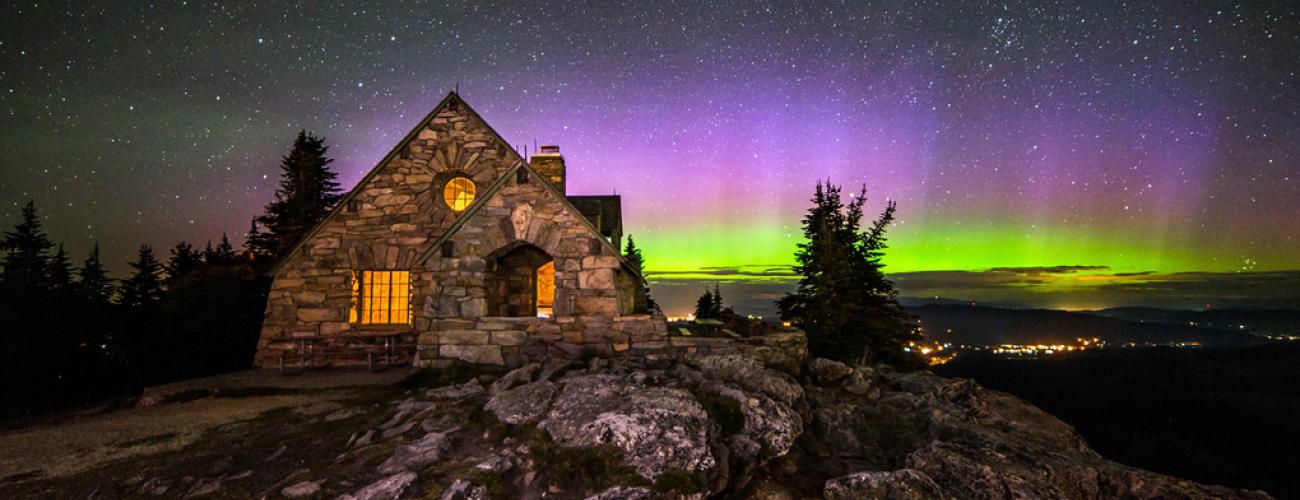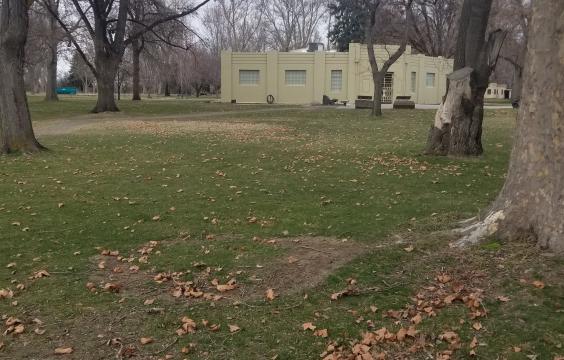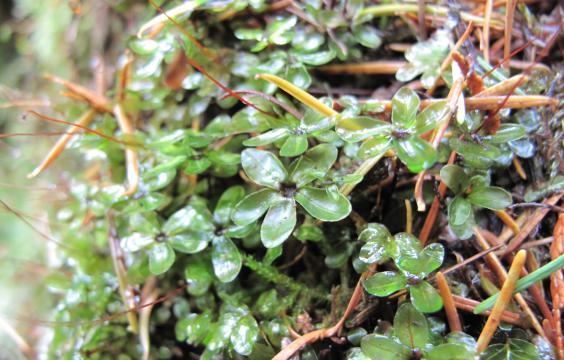Historic Preservation
Washington state parks feature a wide range of historic properties representing major themes of state history. These properties connect visitors to our heritage in a meaningful way, providing a tangible link to our past. The care of historic properties has been an integral part of the Washington State Parks' mission since the origin of the agency in 1913, and continues today. Washington State Parks manages more than 600 identified historic properties throughout the state, one of the largest collections managed by a single agency in the state of Washington.
Historic properties
State parks' historic properties represent major themes in the state's history, from pioneer structures to the coastal defense fortifications to the parks developed by the Civilian Conservation Corps (CCC). Many of these properties have been formally listed on the National Register of Historic Places, yet there are many state parks with significant historic properties open to the public.
Early settlement heritage sites
The picturesque buildings of Fort Simcoe, located within the tribal lands of the Yakama Nation, were built in 1857 to help keep peace between settlers and native peoples. Olmstead Place, near Ellensburg, is an authentic early Washington farm with an original 1875 homestead cabin, a 1908 farmhouse and historic barns, and sheds.
Other historic homes include the Rothschild House (Fort Worden) and the John R. Jackson House (Lewis and Clark).
Coastal fortifications
Several coastal military forts, most of them dating from the turn of the 20th century, now serve as historic state parks. Fort Columbia and Fort Worden survive almost fully intact, but Fort Casey, Fort Flagler, Fort Ebey, Manchester, and Fort Canby at Cape Disappointment have at least some original structures and wonderful water views.
Civilian Conservation Corps
Washington State Parks benefited tremendously from the work of the Civilian Conservation Corps (CCC), a federal relief program that put young men to work during the Great Depression. Many log and stone bathhouses, picnic shelters, and ranger's houses built by the CCC during the 1930s are still in active use.
Good examples can be seen at Deception Pass, Moran, Millersylvania, and Riverside. A "three C's" bathhouse at Deception Pass has been converted into a CCC interpretive center.
Historic preservation planning invitation for comments
Washington State Parks is currently undertaking a project to prioritize work on the historic properties the agency stewards. Guided by the Commission's Transformation Strategy and Strategic Plan, this work aims to set priorities for agency efforts in historic preservation. Draft criteria for evaluating the identified historic resources in State Parks have been developed, and we are seeking public input on these criteria. Due to increasing needs, it is imperative that the agency establish priorities to better direct resources to help fulfill the agency mission and provide a safe and memorable experience for park visitors.
Documents related to this effort are listed below, including background information, the draft criteria, and supporting documentation. The long-term goal of this effort is to create a Historic Property Treatment Plan that will guide agency decisions and future budgets. These resources connect visitors to the history of Washington State, and we are very interested in your comments on the draft criteria.
Historic preservation planning documents
Contact Us
| Name | Alex McMurry |
|---|---|
| Department | Historic Preservation |
| Phone | (360) 902-0930 |
| historic.preservation@parks.wa.gov | |
| Address | P.O. Box 42650 Olympia , WA 98504 |




